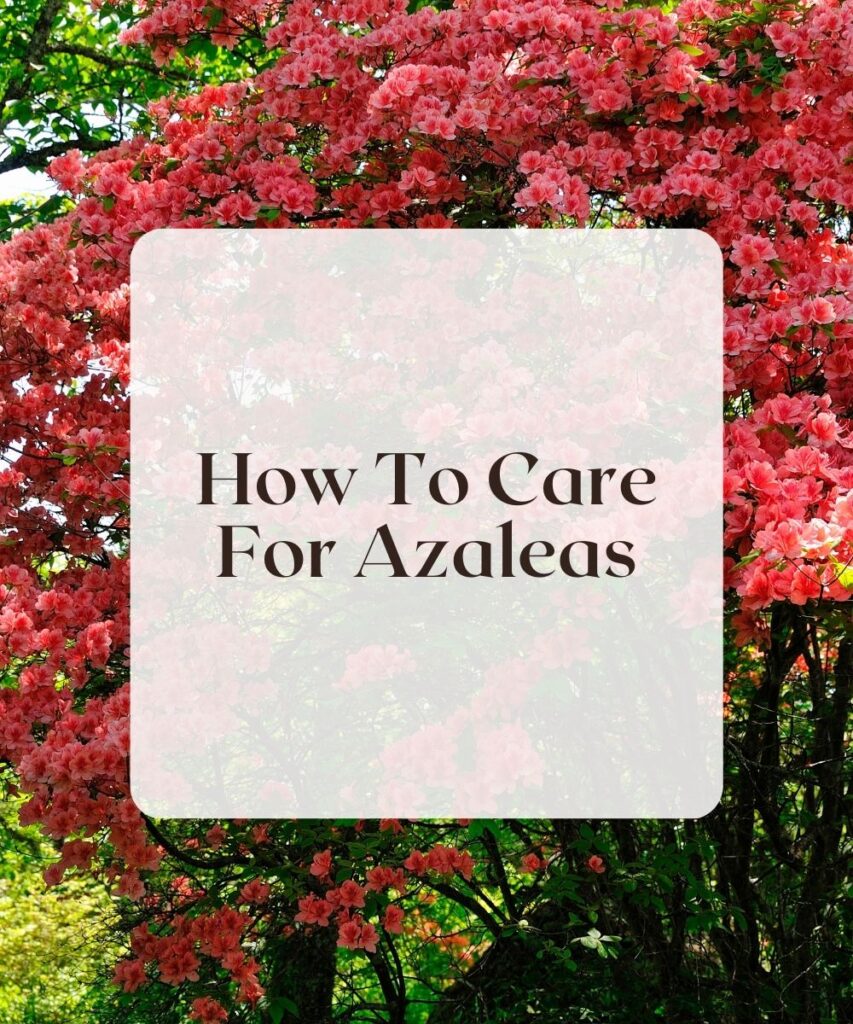Azaleas are a beautiful and popular flowering plant that adds color and charm to any garden. With their delicate blooms and lush foliage, they are a favorite among gardeners and homeowners alike. However, like all plants, Azaleas require proper care and maintenance to thrive. We’ll explore the key steps to taking care of Azaleas, including the best soil for them, pruning techniques, and common diseases to look out for.
Proper Azalea Care
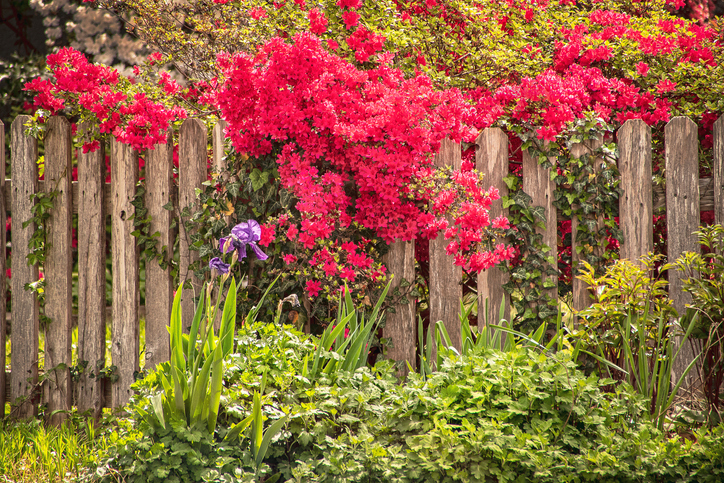
Azaleas thrive in a warm, humid environment with plenty of moisture. They prefer partial shade, as direct sunlight can damage their delicate leaves and flowers. To ensure your Azaleas stay healthy, it’s essential to keep the soil moist but not waterlogged. Water them deeply once a week, or more frequently during hot and dry weather. Avoid overhead watering, as it can lead to fungal diseases. Instead, water the soil at the base of the plant.
Fertilizing Azaleas is also important, as they require plenty of nutrients to support their growth and blooming. Use a slow-release fertilizer that’s high in nitrogen and acid-loving minerals, like iron and magnesium. Apply it in the spring and again in the fall, following the manufacturer’s instructions.
Best Soil for Azalea Plants
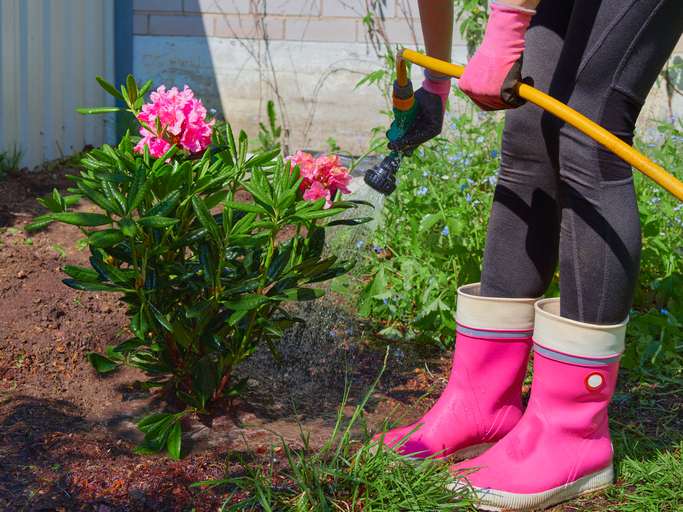
Azaleas thrive in acidic soil with a pH between 4.5 and 6.0. They prefer soil that’s rich in organic matter and well-draining. If your soil is not naturally acidic, you can make it more acidic by adding elemental sulfur or aluminum sulfate. You can also use a specially formulated soil mix for acid-loving plants, which is available at most garden centers.
How to Prune Azaleas
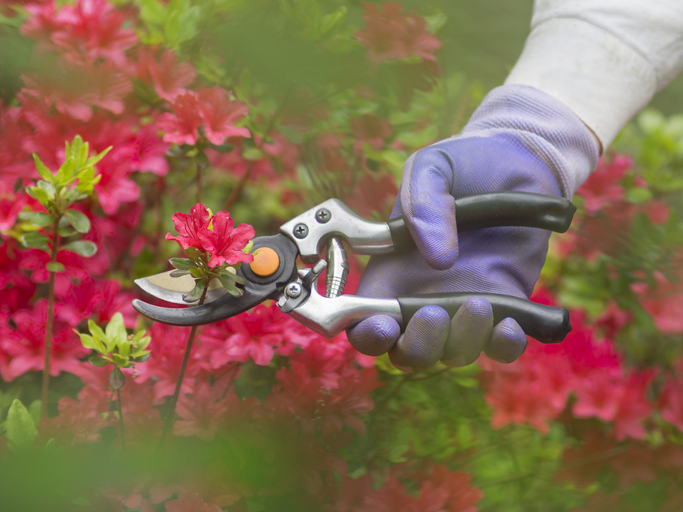
Pruning Azaleas is essential to maintain their shape and promote healthy growth. You should prune your Azaleas in the late spring or early summer, after they’ve finished blooming. Start by removing any dead or diseased branches, cutting them back. Next, remove any branches that are crossing or stressing against each other. Finally, trim back the tips of the remaining branches to promote bushier growth.
Common Diseases
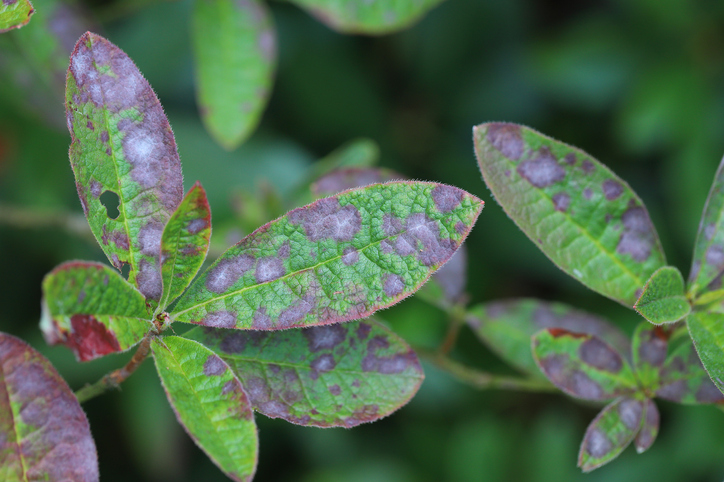
Azaleas are susceptible to several common diseases, including root rot, leaf spot, and powdery mildew. To prevent these diseases, it’s essential to keep your Azaleas healthy. Avoid overwatering, which can lead to root rot, and make sure your Azaleas are getting enough air circulation. If you notice any signs of disease, such as yellowing leaves or white powdery growth on the foliage, treat the plant with a fungicide.
Popular Azalea Varieties
Azalea ‘Redbird’
Azalea ‘Redbird’ is a beautiful and popular variety of Azalea that features vibrant red blooms and dark green foliage. It’s a compact shrub that grows up to 4 feet tall and 3 feet wide, making it an ideal choice for smaller gardens or containers. ‘Redbird’ blooms in mid to late spring and prefers partial shade and acidic soil.
Azalea ‘Phoenicia’
Azalea ‘Phoenicia’ is a stunning variety that features deep pink-purple blooms and glossy, dark green leaves. It’s a mid-season bloomer that grows up to 6 feet tall and 5 feet wide, making it an excellent choice for borders or as a specimen plant. ‘Phoenicia’ prefers partial shade and acidic soil.
Azalea ‘Southern Charm’
Azalea ‘Southern Charm’ is a unique and striking variety of Azalea that features large, ruffled blooms in shades of pink, lavender, and white. It’s a mid to late season bloomer that grows up to 6 feet tall and 4 feet wide, making it an excellent choice for a focal point in your garden. ‘Southern Charm’ prefers partial shade and acidic soil.
In conclusion, Azaleas are a beautiful and rewarding plant to grow, but they require proper care and maintenance. Ensure that you provide them with the right soil, adequate water, and nutrients to keep them healthy and blooming. Regular pruning and monitoring for common diseases will also help to keep your Azaleas thriving. With a little attention and care, your Azaleas can be a beautiful and vibrant addition to your garden for years to come.

